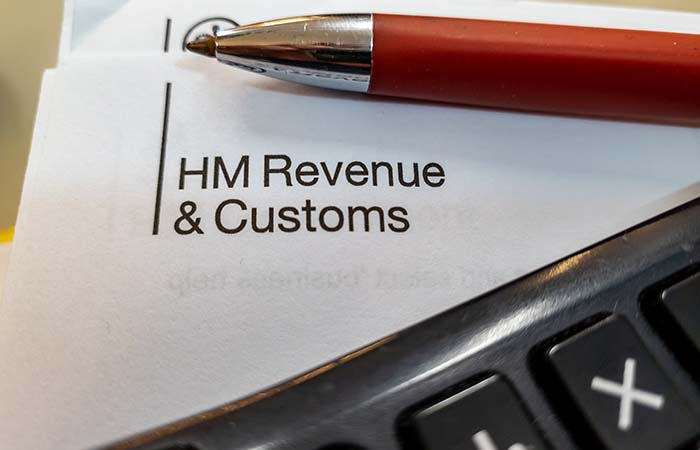Legitimate ways to avoid tax
In Analysis
Follow this topic
Bookmark
Record learning outcomes
The are lawful strategies to minimise your tax burden while staying compliant with regulations, says Helen Thornley
These are definitely taxing times. When the chancellor stood up to announce her first budget last year it contained 43 major tax changes, projected to raise an extra £36 billion a year from 2025-26 to 2029-30.
Payroll taxes
In terms of additional tax revenue, the biggest change was the increase to Employers National Insurance Contributions (NIC).
Employers’ NIC is paid by employers on top of staff salaries. From 6 April, 2025, this will increase from 13.8 per cent to 15 per cent. At the same time, the threshold from which Employers NIC starts to be charged will decrease from £9,100 to £5,000.
Employers only start to pay Employers’ NIC once their liability exceeds their employment allowance. Smaller employers will receive some protection from the increased NIC costs as from 6 April 2025 the allowance is increasing from £5,000 to £10,500.
Opportunities
One way an employer might be able to mitigate the extra costs is to look at how staff pension contributions are handled.
For all but the lowest paid workers, the value of any pension payments made by the employee can be enhanced if the pension contributions are made via salary sacrifice.
This means the employee agrees to accept a lower salary in exchange for higher pension contributions from their employer.
This approach can create NIC savings for both employees and employers as employer pension contributions are not subject to Employers or Employees NIC.
Threats
The increase in Employers’ NIC comes in at the same time as increases to the National Living Wage. From 6 April 2025, over-21s will be entitled to a minimum of £12.21 an hour, up from £11.44.
The National Minimum Wage – which applies to 18- to 20-year-olds - will increase to £10 an hour, and apprentice pay will increase to £7.55 an hour.
Corporation Tax
Where a business is incorporated it will pay corporation tax on any profits. The current rates of corporation tax depend on the amount of profits the business makes.
Very broadly, a company with profits of less than £50,000 will pay 19 per cent corporation tax, while one with profits of over £250,000 will be taxed at 25 per cent.
Business vehicles
There remain tax savings to be had from going electric when looking at acquiring cars for use by directors or employees.
The 100 per cent first-year allowances for zero-emission cars and electric vehicle charge-points have been extended to 31 March, 2026, which means tax relief up front for the cost of cars purchased outright or via hire purchase.
The benefit in kind rates for electric company cars also remain favourable.
Longer-term costs
All trading businesses need to be aware of some big changes to taxes which apply on disposal of the business. Those thinking of selling in the next few years need to know about increases to the rate of Business Asset Disposal Relief (BADR).
The conditions for BADR are complex but, broadly, if someone is selling all or part of a business they have owned for at least two years – or selling assets which were used in a business owned within three years of the cessation of the business – they may be entitled to lower rates of Capital Gains Tax (CGT).
Currently, individuals who meet the conditions pay a 10 per cent CGT rate on their first £1m of gains. This is a lifetime allowance, so will be reduced if they have made previous qualifying gains in the past.
Without this relief, CGT rates of 18-24 per cent (depending on the size of income and the gain) would apply.
From 6 April, 2025, the rate for the first £1 million of gains will increase to 14 per cent and from 6 April 2026 it will increase to 18 per cent. Gains above the limit will remain taxable at 24 per cent.
Tax on death
As it stands, most well-structured businesses can look to claim relief from inheritance tax (IHT) on the value of the business thanks to Business Property Relief (BPR).
The maximum relief is currently 100 per cent, with a lower 50 per cent relief on the premises from which the business trades if they are owned personally.
From 6 April, 2026, the 100 per cent relief will be capped at the first £1 million of qualifying assets, with a lower 50 per cent rate applying to any remaining qualifying assets.
This means there will be an effective 20 per cent IHT rate on business assets over the £1m, half the standard 40 per cent IHT rate.
At the current time, it is not envisaged that the £1 million allowance will be transferable between married couples or civil partners. For those with a valuable business and a spouse, it will be worth seeking advice to help maximise reliefs.
Tax compliance
For most businesses, the biggest day-to-day risk for tax is making errors or mistakes. In 2024, the government announced it would be funding an additional 5,000 HMRC compliance officers over the next five years, which will likely increase the risk of an enquiry.
The key to day-to-day compliance for most is good records and making sure to use a suitably qualified adviser with experience of dealing with similar businesses.
Helen Thornley is a technical officer with the Association of Taxation Technicians.

